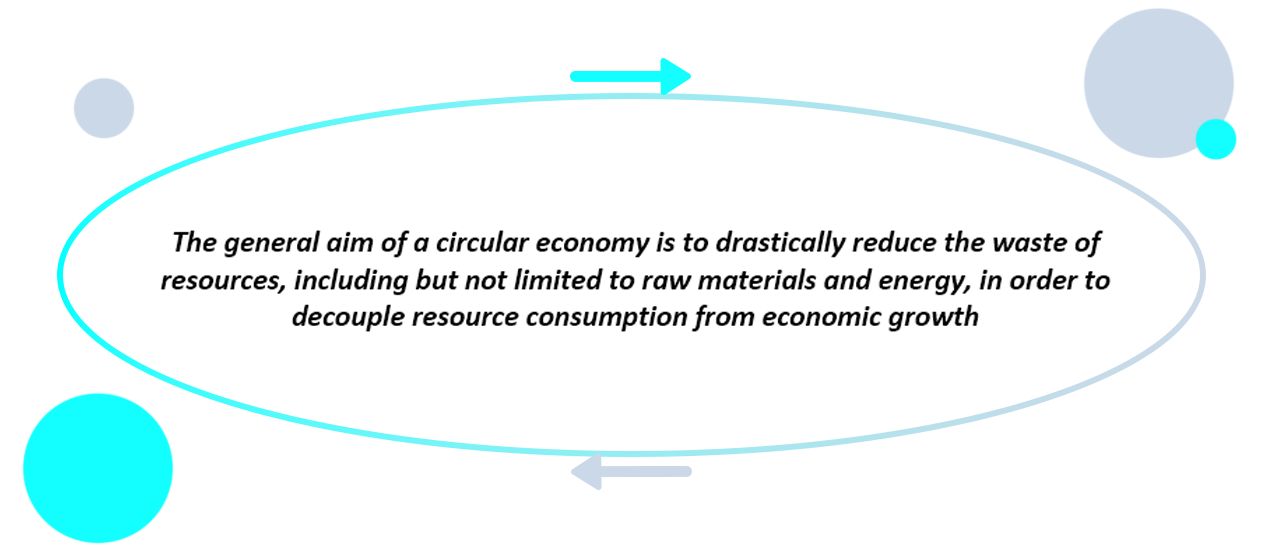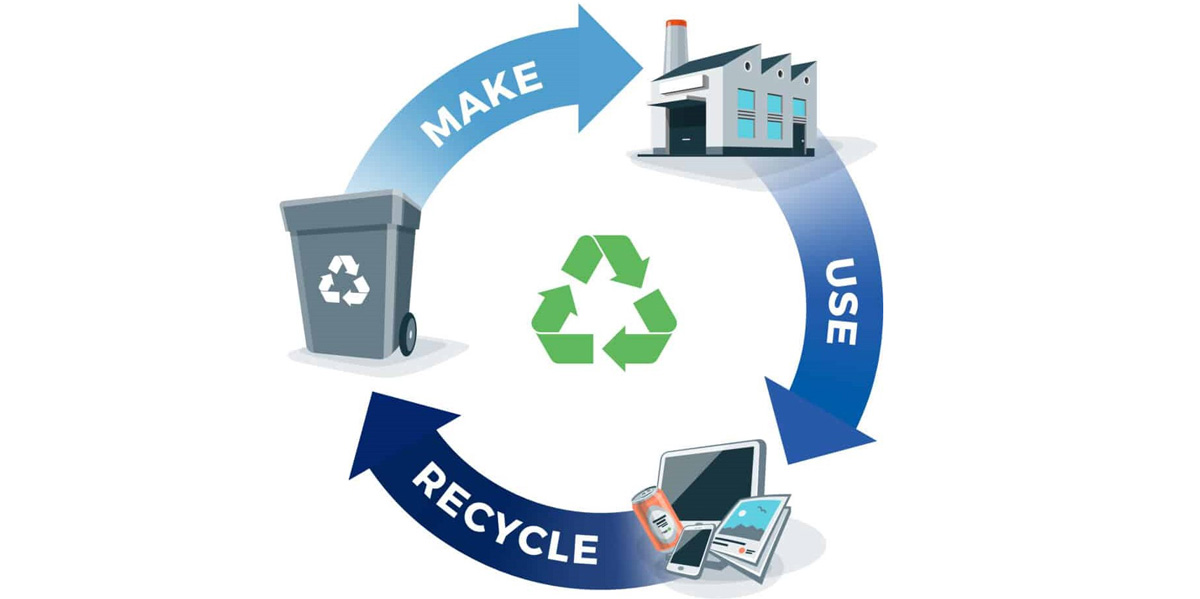Advancing our society towards more circular business models
Today, our economic systems are predominantly linear. In the past century, as we have scaled these systems, our utilisation rates of raw materials have exploded. In the last 50 years alone, we have more than tripled our raw material use.3 Moreover, an estimated 90% of what we currently take from Earth currently goes to waste, with just 8.6% recycled.4 Transitioning to a truly circular economy, therefore, requires urgent and large-scale action. Not just from all parts of government but also from society at large. National and local governments need to create the overarching supportive framework for the transition to a circular economy which combines a strong consumer-focused educational and public lobbying campaign with new rules and incentives for businesses. Such new circularity frameworks will encourage consumers to make more sustainability-driven choices that compel a more sustainability-driven response from businesses who will be motivated to incorporate far greater circularity within their business models. The good news is that we are already heading in the right direction.

Circular business models promote economic systems where the value of products, materials and other resources is maintained for as long as possible. Resources that no longer have usefulness in one economic activity become inputs into another. In this way circular business models progressively seek to decouple economic activities from the consumption of Earth’s finite resources, reducing dependency on virgin raw materials and exposure to resource price volatility while providing new business opportunities. These business models seek to build more resilient and durable incentive systems that are good for both productivity and the planet. For citizens, circular business models provide high quality, functional and safe products, which are efficient and affordable, last longer and are designed for reuse, repair and high-quality recycling.
In contrast to the linear economy’s “Take-Make-Waste” model, the circular economy enforces a “Make-Use-Recycle” model. In this context, however, “Recycle” does not just refer to the industrial act of recycling but is intended to refer to a number of “Value-Recovery” models including Reuse, Repair, Refurbish, Remanufacture, Repurpose and Recycle.

This Featured Article has been produced by Sustainable Market Strategies. Rize ETF Ltd make no representations or warranties of any kind, express or implied, about the completeness, accuracy, reliability or suitability of the information contained in this article.



















